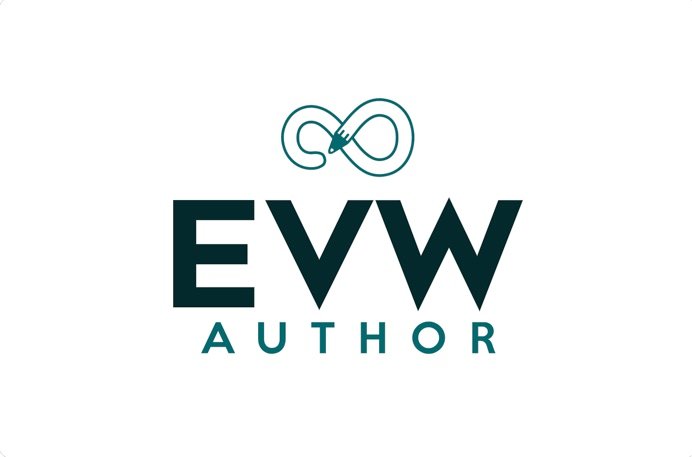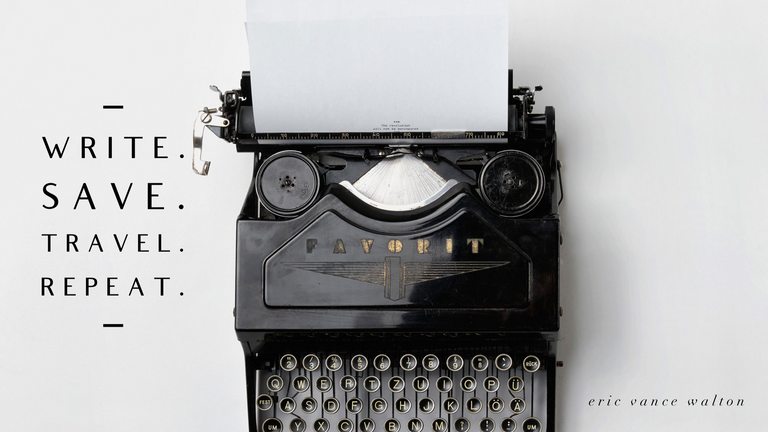It was spring of 1984. Reagan was president and the country felt like it was going to shit (little did we know we hadn’t seen anything yet) but my friends and I were too young to care or really understand. I was twelve years old, soon to turn thirteen. I was beginning to notice girls and care more about my appearance. It would be another couple of years before the fabric of our neighborhood was picked apart, piece by piece, by the crack cocaine epidemic.
Kids from the projects in our neighborhood started bringing mixtapes to middle school. It was a new kind of music that wasn’t being played on radio in midwestern America and you couldn’t yet find it in record stores.
DJ Red Alert mixed live on the air on 98.7 KISS FM in New York City and people would tape the show from their stereos or boom boxes and sell the cassette tapes on the street. Rap was in the process of putting down roots and began spreading across the inner city like wildfire. The fact that this music was “underground” made it all the more rare and appealing.
Soon we started hearing about a local radio station in Columbus called C.T.N.T. It was a low-powered cable radio station. This meant you had to disconnect the cable TV wire and attach it to your radio to tune in. This sounds insane these days but this made it feel like Cold War spycraft and even more “underground”.
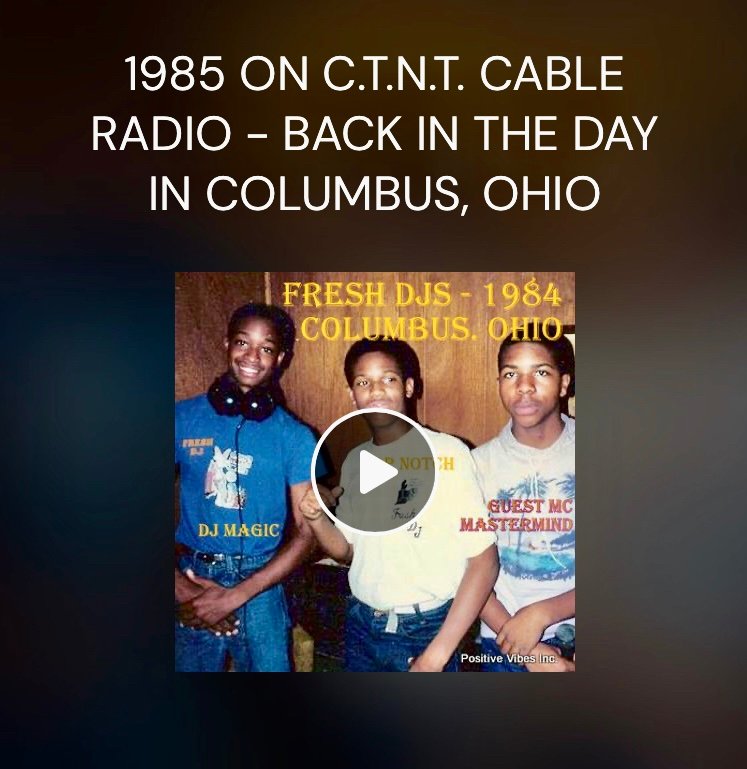
The DJs would mix rap records live on the air, and if memory serves me, the live mixing on C.T.N.T. began at 4:30pm on Wednesday afternoons. This was when we first heard LL. Cool J, Run DMC, Whodini, Kurtis Blow, and a little-known white rap group called the Beastie Boys. This was years before their hit Album, Licensed to Ill, was released in 1986.
Looking back, it was crazy how quickly our lives changed. Rap was a cultural tsunami and my friends and I were swept up in it. One day we were just kids riding around on our 20” BMX bikes, not really caring what we wore to something completely different. Suddenly, everyone was wearing shell toe Adidas or suede Pumas, track suits, Kangols, and rocking gold chains outside of their shirts. Kids my age were learning to breakdance, DJ, and graffiti. I eventually bought turntables and a mixer with my newspaper route money and dabbled in graffiti but breaking was never really my thing.
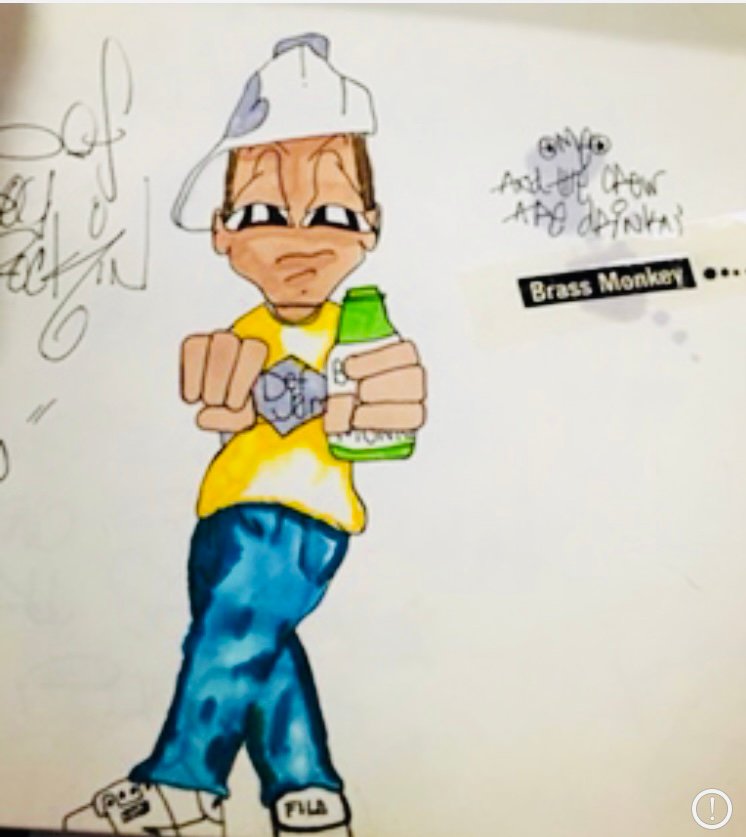
During that summer of 1984 our childhoods faded away and we became bonafide teenagers. Looking back, I guess like all teens from every generation, we were in a big hurry to grow up.
What sparked this trip down memory lane? This book.
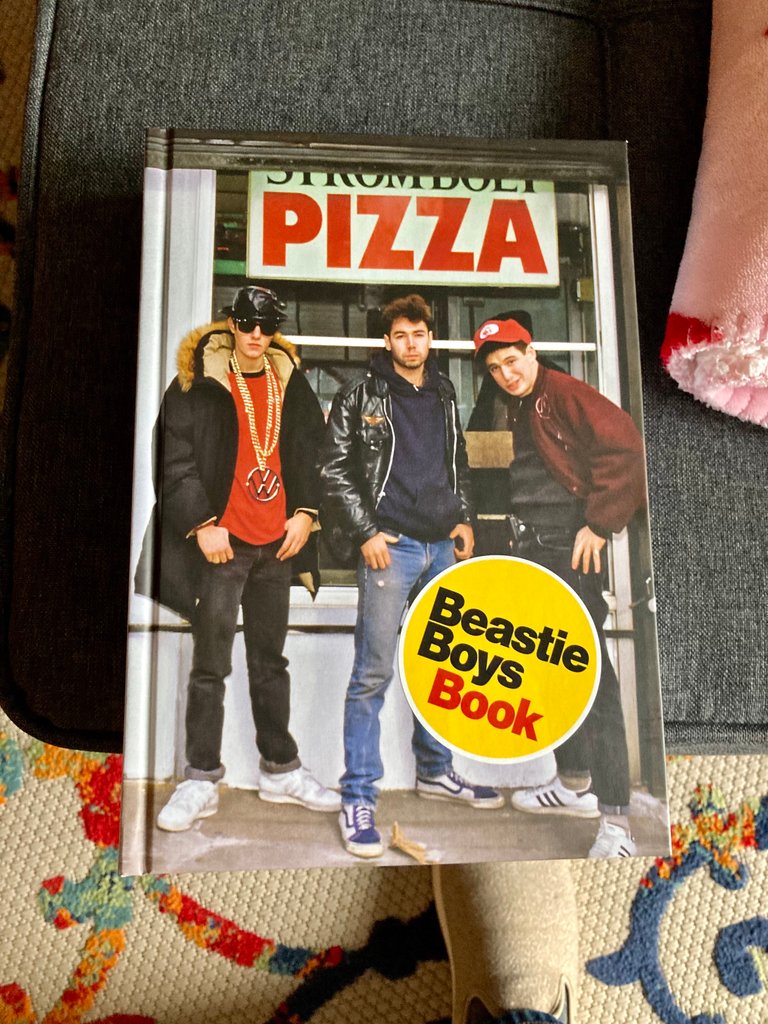
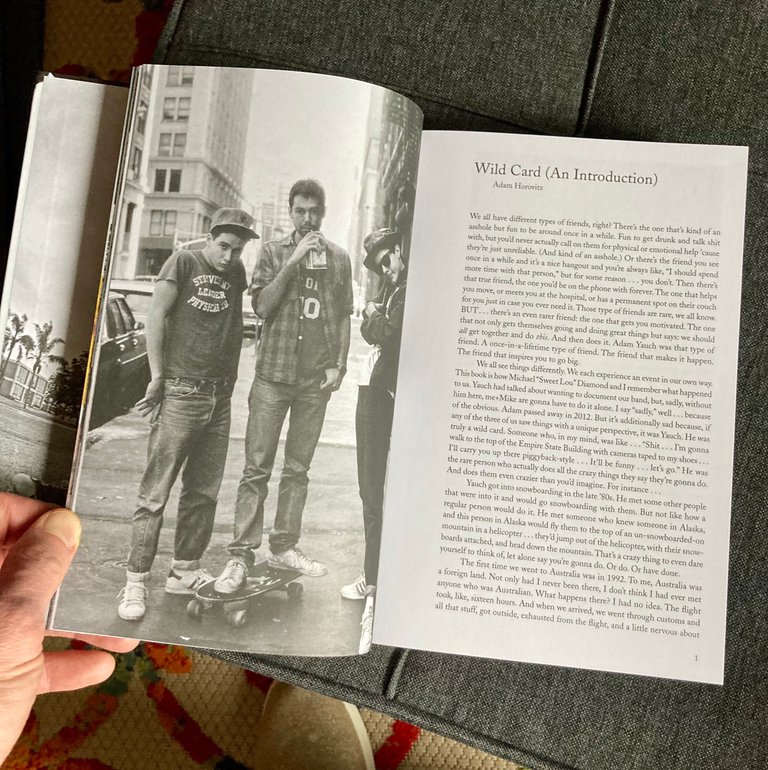
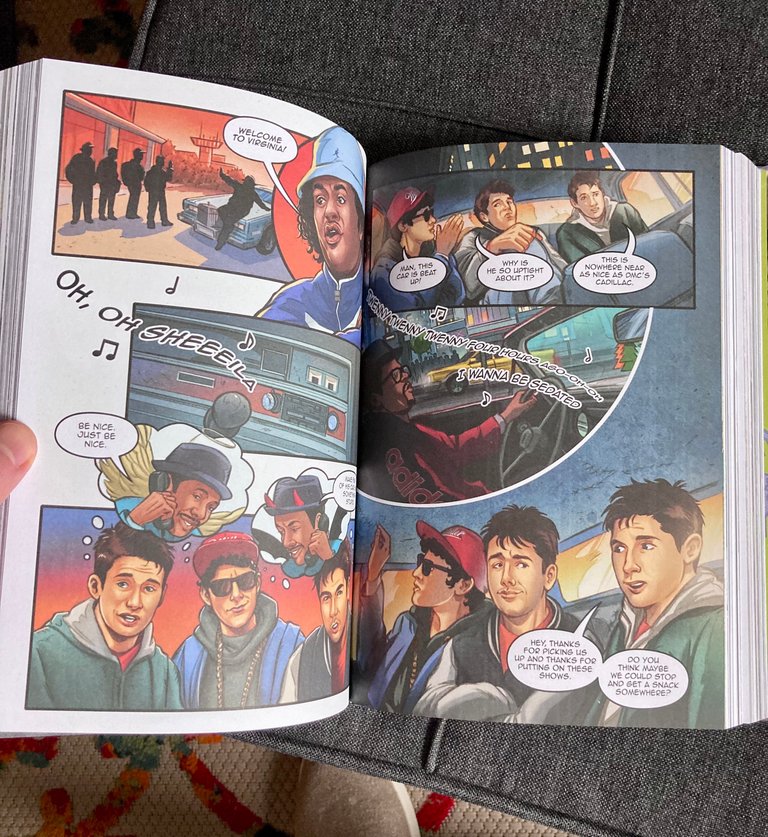
Five years after original publication it was finally discounted on Amazon so I couldn’t restrain myself. I’m so glad I hit that buy button.
As a young caucasian male growing up in a predominantly African American section of Columbus, there was no musical group that I identified with more in that stage of my life than the Beastie Boys. They were my first major concert in 1986 at Vet's Memorial auditorium in downtown Columbus.
My friend Matt and I, for a short time, thought we were honorary members of the Beastie Boys. Matt and I, along with a small group of other friends, would crash high school dances of private schools in the nicer parts of town in full B-boy attire. For better or worse, we often got the attention we were seeking. For a brief moment in time it felt like we were celebrities.
Rap was entirely different in the early days, before media moguls discovered its massive money making potential. For the most part rap was pure party music, yet somehow still revolutionary. It brought people of all cultures and backgrounds together for the sole purpose of creating something new and entirely different.
I feel lucky to have grown up when I did. I got to experience the beginning years of Hip Hop before it became the global phenomena it is today. I’m unsure if we’ll ever see anything with quite the cultural impact of those burgeoning years of Hip Hop again. The only thing I can see on the horizon that might be anywhere nearly as disruptive culturally (probably even more so) is artificial intelligence.
For a variety of reasons, the world is completely different world now and it's never a great idea for us to linger too long in the past. However, I know whenever I want to revisit my youth, all I need to do is grab this book, crack the spine, and open a window into my past.
All for now. Trust your instincts, invest in you, live boldly, and take chances.
Are you interested in joining Hive? If so, click on this link to sign-up and begin sharing your thoughts and ideas with our global community.
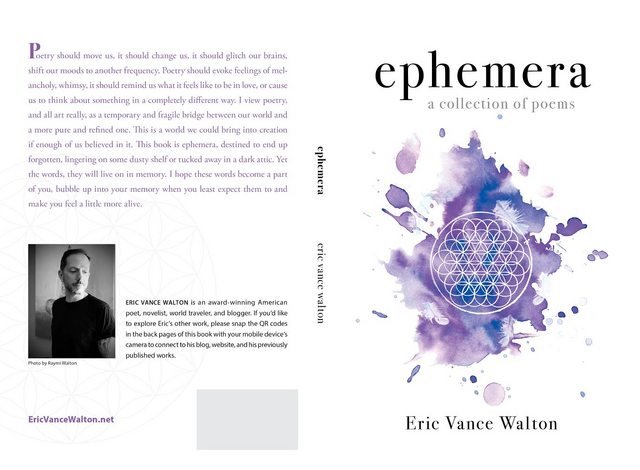
Poetry should move us, it should change us, it should glitch our brains, shift our moods to another frequency. Poetry should evoke feelings of melancholy, whimsy, it should remind us what it feels like to be in love, or cause us to think about something in a completely different way. I view poetry, and all art really, as a temporary and fragile bridge between our world and a more pure and refined one. This is a world we could bring into creation if enough of us believed in it. This book is ephemera, destined to end up forgotten, lingering on some dusty shelf or tucked away in a dark attic. Yet the words, they will live on in memory. I hope these words become a part of you, bubble up into your memory when you least expect them to and make you feel a little more alive.
Pick up a copy of Ephemera today on Amazon.

Most of us have experienced a moment of perfect peace at least once in our lives. In these moments we lose ourselves and feel connected to everything. I call these mindful moments. Words can’t describe how complete they make us feel.
These moments are usually fragile, evaporating in seconds. What if there was a way to train your mind to experience more of them? It’s deceptively easy and requires nothing more than a subtle shift in mindset. My new book, Mindful Moments, will teach you to be much more content despite the chaos and imperfect circumstances continuing to unfold around you. Upgrade your life experience today for only $15.99 on Amazon.com.
Let’s Keep In Touch
